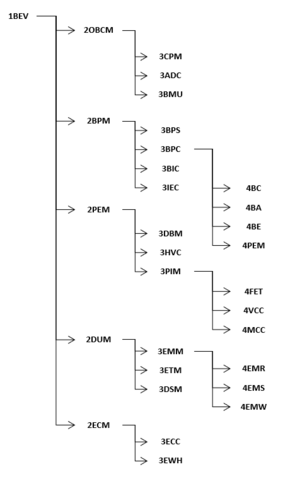Main Page/MediaWiki Tutorial
MediaWiki_Tutorial
Revolutionizing Space Robotics for the Future
Introduction
In the vast expanse of outer space, the need for advanced technology to assist astronauts and scientists in their endeavors is paramount. NASA, the United States' premier space agency, has always been at the forefront of innovation, and the Astrobee project is no exception. Astrobee is a groundbreaking initiative by NASA that combines robotics and artificial intelligence to assist astronauts and scientists aboard the International Space Station (ISS). This article explores the fascinating world of NASA's Astrobee, highlighting its purpose, capabilities, and the future it promises for space exploration space expansion.
The Birth of Astrobee
The Astrobee project was conceived in response to the growing demand for autonomous systems to support scientific experiments and routine tasks aboard the ISS. Launched in 2017, Astrobee's primary mission is to serve as a versatile and highly adaptable robotic assistant to astronauts. The project's name is derived from the combination of "astronaut" and "bee," reflecting the robot's small size and industrious nature.
Astrobee's Objectives
Assistance in Daily Tasks:
One of Astrobee's primary objectives is to assist astronauts with routine chores, freeing up their time for more complex scientific experiments and observations. Astrobee can handle activities such as inventory management, equipment relocation, and environmental monitoring.
Data Collection:
Equipped with a variety of sensors and cameras, Astrobee is adept at collecting data from the space station's surroundings. It can monitor air quality, capture images and videos, and even conduct experiments under remote control, allowing researchers on Earth to observe and interact with the space environment in real-time.
Research Support:
Astrobee plays a crucial role in supporting scientific research. Its ability to navigate autonomously, interact with the environment, and perform tasks makes it an ideal companion for scientists conducting experiments in microgravity.
Astrobee's Features
Modular Design:
Astrobee's modular design allows it to be easily customized for different tasks. Scientists can attach various payloads, sensors, or tools to meet specific mission requirements.
Intelligent Autonomy:
Astrobee is equipped with advanced algorithms that enable it to navigate the ISS independently. It can avoid obstacles, make decisions, and adapt to changing conditions in real-time.
Communication Skills:
Astrobee can communicate with astronauts and ground control, ensuring seamless coordination of tasks. It uses natural language processing to understand and respond to spoken commands.
Machine Learning:
Astrobee continuously learns and adapts to its environment, improving its performance over time. This feature makes it invaluable for long-term missions, where it can refine its capabilities autonomously.
The Impact of Astrobee
The Astrobee project has had a significant impact on space exploration and research. Its contributions include:
Enhanced Efficiency:
By taking over routine tasks, Astrobee allows astronauts to focus on high-priority experiments and observations, increasing overall efficiency aboard the ISS.
Increased Data Availability:
Astrobee's data collection capabilities provide scientists on Earth with a wealth of information about the space environment, aiding ongoing research.
Reduced Risk:
Robots like Astrobee can perform tasks that may be hazardous for humans, reducing the risk to astronauts during their missions.
Cost Savings:
The versatility and adaptability of Astrobee reduce the need for specialized, one-off robots for specific tasks, potentially saving costs in the long run.
The Future of Astrobee
NASA's Astrobee project is a testament to the agency's commitment to pushing the boundaries of space exploration. As technology continues to advance, Astrobee's capabilities are likely to expand. Future iterations may include improved mobility, more advanced sensors, and even greater autonomy, making it an indispensable companion for astronauts and scientists on extended space missions.
Conclusion
NASA's Astrobee is a remarkable innovation that has revolutionized space robotics and artificial intelligence. With its ability to assist astronauts, collect data, and support scientific research, Astrobee is playing a vital role in advancing our understanding of space and enabling more efficient and productive missions aboard the International Space Station. As technology continues to evolve, Astrobee's potential for future space exploration is limitless, and its impact on the way we explore the cosmos is undeniable.
